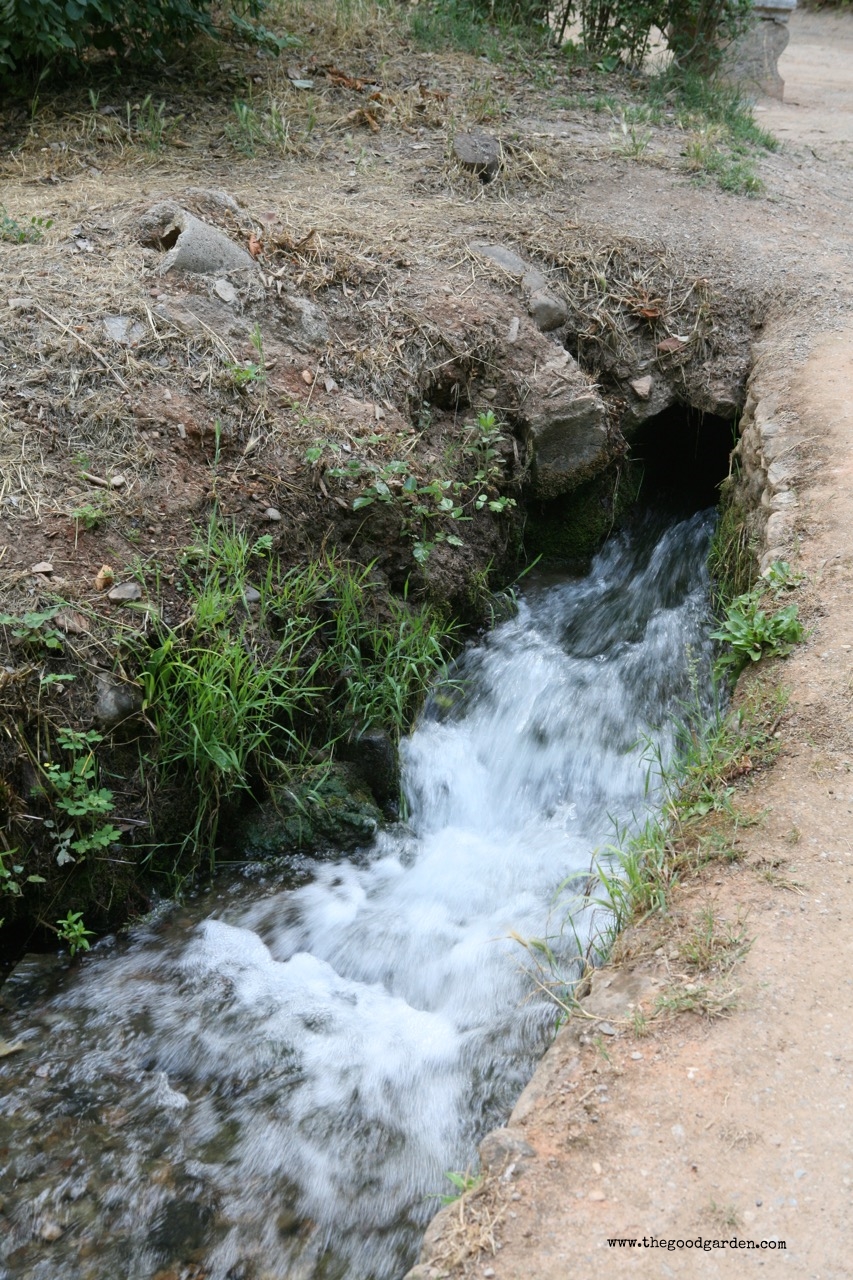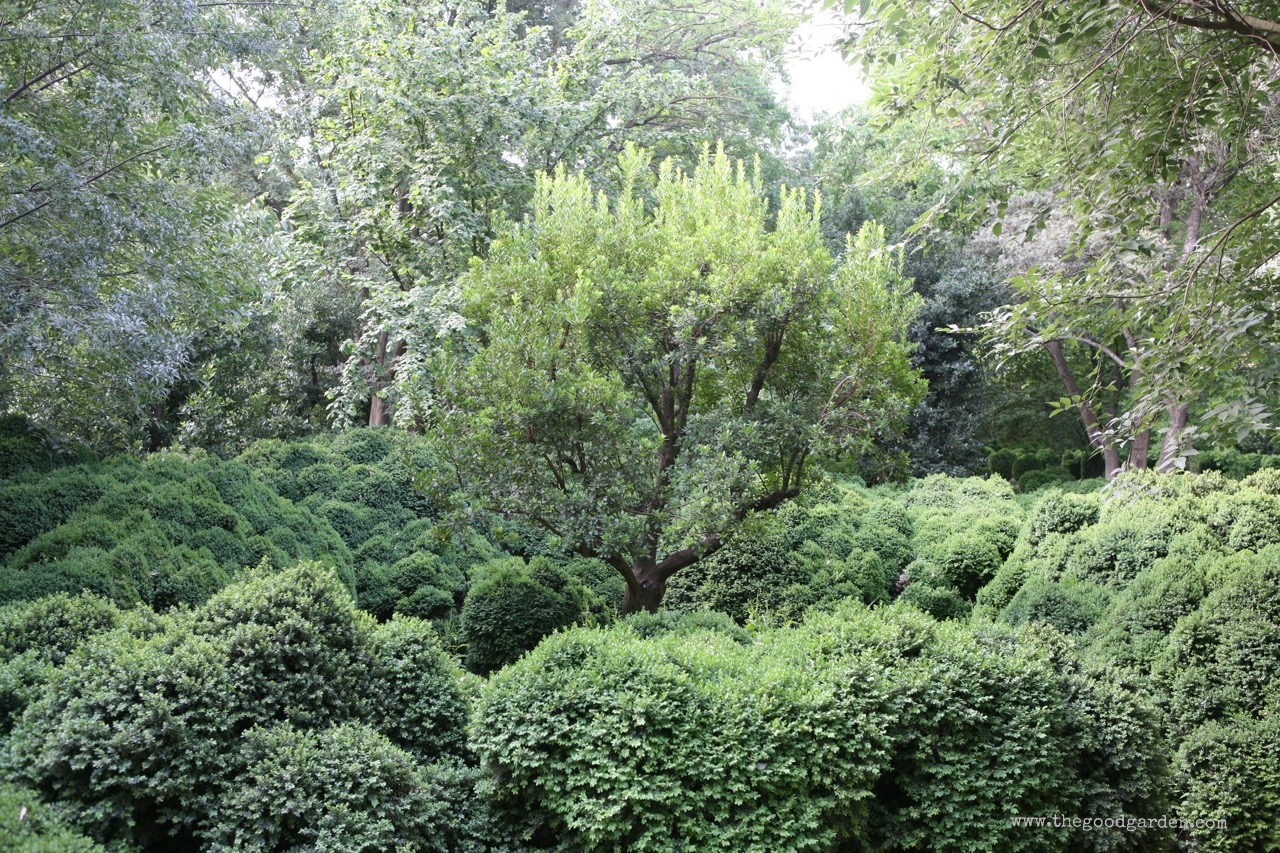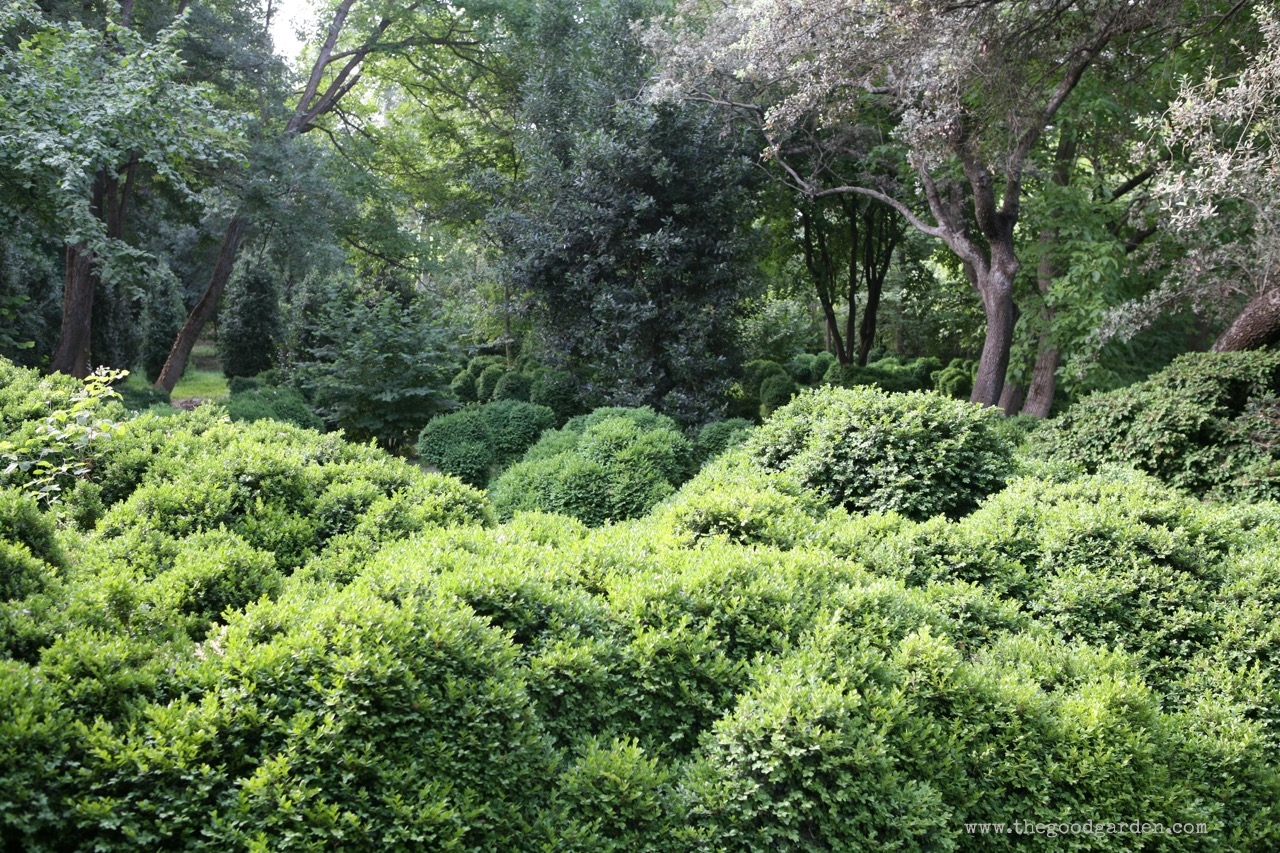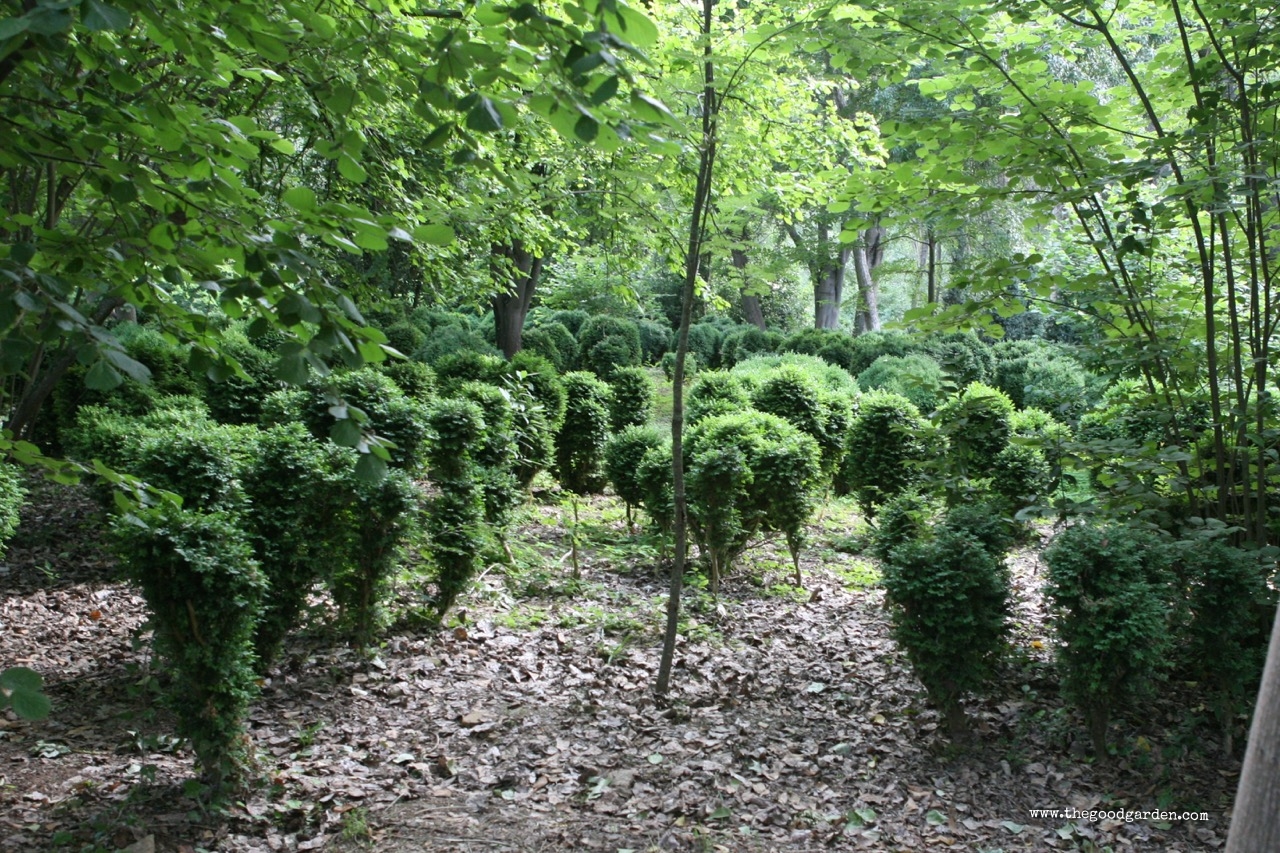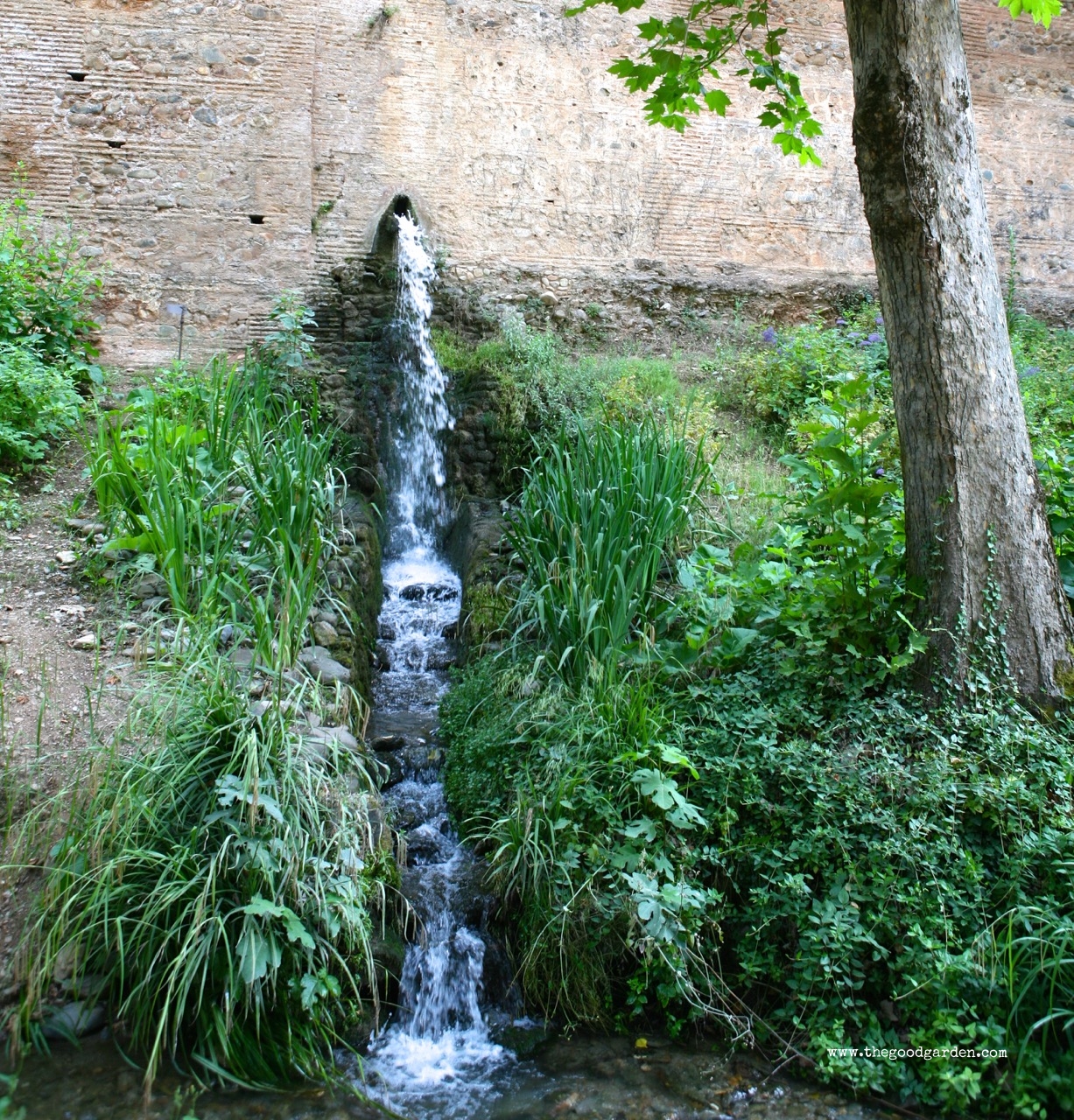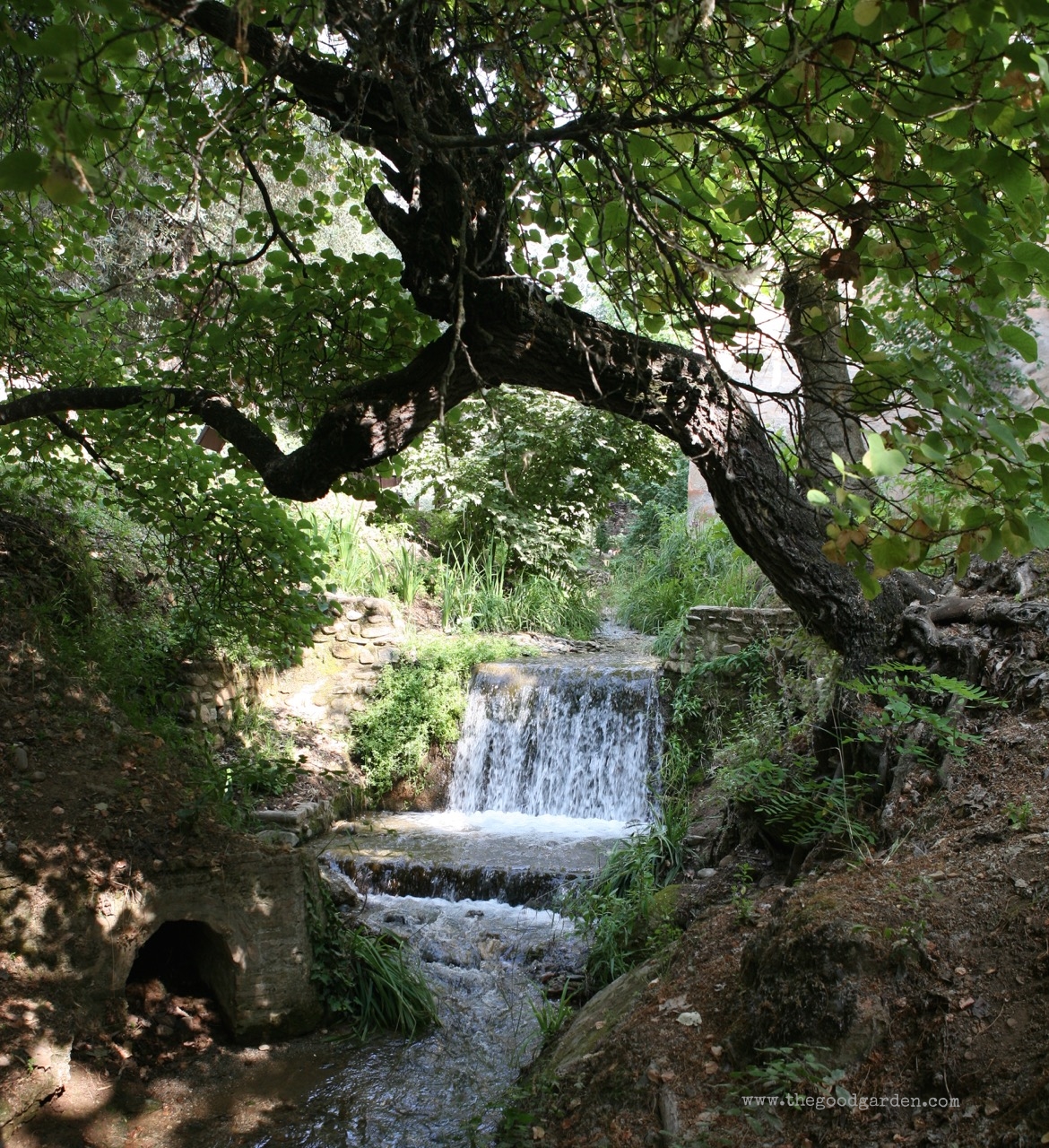The Islamic gardens in Granada, Spain’s Generalife are legendary. “The best”…“most important”… “Moorish grandeur”…“most conserved”…”the greatest architectural wonder”… are just a few of the superlatives thrown at this garden and building complex. It was high on my bucket list of places to visit, and perhaps it’s on yours.
Elizabeth Barlow Rogers explains its history well in her book, Landscape Design:
“Around 1250, Muhammad Ibn Ben Ahmar, the founder of the Nasrid dynasty, who took possession of Granada in 1238, climbed to the top of a bare red escarpment … and laid claim to a site for his palace… Here he ordered the construction of an aqueduct, the water from which has made possible the gardens…ever since.”
Many gardens make up the Generalife. One element unites them all – water. Water enters in an un-named section of the garden, at the highest point of the Generalife, and gently winds its way through the Water Stairway, the Acequia garden, lower gardens, a vegetable garden, and then into the neighboring Alhambra complex that incudes the Partal garden, the world famous Court of Myrtles, the Patio of the Lions, and Daraxa’s garden. Ultimately, excess water pours out of several release pipes back into the Darro River.
Moorish engineers enhanced Roman aqueducts to bring water from the Darro River. At its entry point the volume and speed of the water are awesome. Mostly covered, there are occasional open sections of barely controlled rushing water. By the time it reaches the tourist filled gardens below, it is completely tamed, intentional, and gentle.
I appreciated this garden for its wildness and isolation – a welcome break from the formality and geometry of the other gardens.

